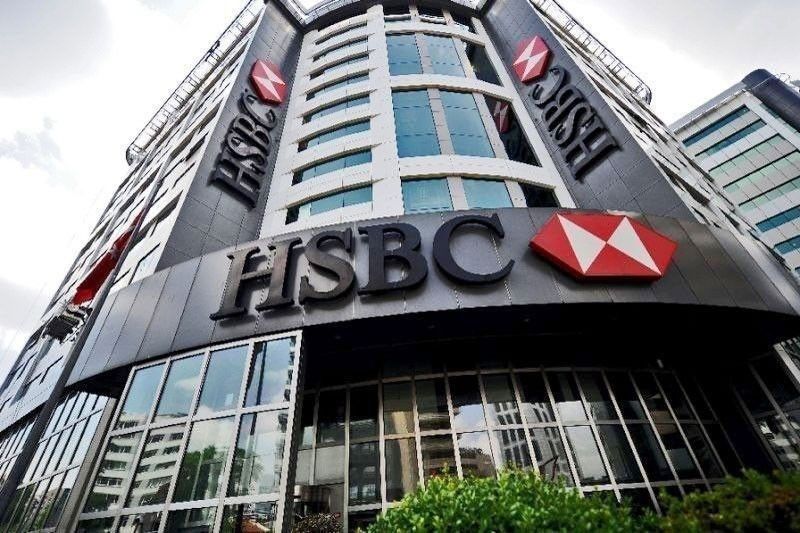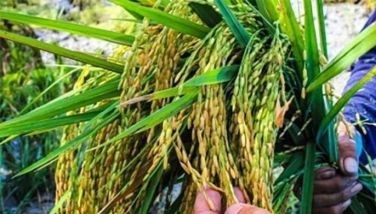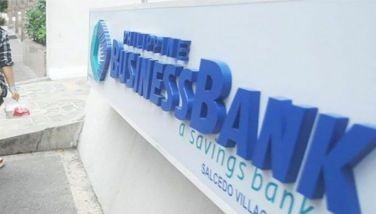HSBC lowers inflation forecast this year to 3.5 percent

MANILA, Philippines — British banking giant HSBC has adjusted its forecast for headline inflation in the Philippines for the year, lowering it to 3.5 percent from the earlier projection of 4.1 percent.
HSBC economist for ASEAN Aris Dacanay said two policies that occurred in late December had substantially altered the inflation outlook for 2024.
These include the rollover of Executive Order 10 via EO 50 that temporarily reduced the tariff rates on rice, pork, coal and corn imports until the end of 2024 to keep inflation at bay and the quick importation of rice to bolster supply.
“As a result, we lower our full-year headline CPI (consumer price index) forecast for 2024 to 3.5 percent, which means we now expect inflation to average within the central bank’s two to four percent target band, giving monetary authorities room to maneuver policy,” Dacanay said.
Inflation accelerated to six percent last year after quickening to 5.8 percent in 2022 from 3.9 percent in 2021 due to soaring oil and food prices. The CPI has breached the two to four percent target range of the Bangko Sentral ng Pilipinas (BSP) for two consecutive years.
Without the extension of the EO, Dacanay said inflation would have jumped by 1.4 percentage points as early as the first quarter of this year.
“But keep in mind that we are not shaving 1.4 percentage point off in our new forecast. This is because a resurgence in global rice prices was seen in the last week of December,” he added.
Due to lingering El Niño risks to the global supply of rice, Dacanay pointed out that export prices have increased to $659 per metric ton.
“Not only is this the highest since 2008, but we have yet to see global rice prices peak. And with rice being a heavy component of the Philippines’ CPI basket, elevated export prices will likely put a floor under how much inflation can moderate,” he warned.
According to Dacanay, the good news is the administration was quick on its feet in making sure there is ample rice supply in the economy to prevent prices from shooting up even further.
For one, the Department of Agriculture has allowed the importation of one million metric tons of rice, half of which is expected to arrive before the harvest season starts in March
Despite inflation being relatively more benign, but with policy rate differentials still playing a crucial role, Dacanay said that HSBC anticipates the BSP’s Monetary Board to implement rate cuts in line with the US Federal Reserve, starting in the second quarter of this year instead of the initially projected third quarter.
“We then expect the BSP to clock a similar pace as the Fed by cutting its policy rate by 25 basis points (bps) in each quarter until the benchmark rate reaches five percent in 3Q 2025,” he said.
The BSP raised key policy rates by 450 bps since May 2022, to tame inflation that has breached the target for 20 straight months or since hitting 4.9 percent in April 2022, as well as to stabilize the peso that slumped to a record low of 59 to $1 in October 2022.
“All in all, the BSP now has more room to maneuver its monetary stance with downside risks to inflation materializing. Instead, the main concern moving forward will likely focus on the gap between the Fed and the BSP rates. We expect the Fed to begin its easing cycle by June 2024 and there will likely be some volatility in the peso if the BSP cuts ahead of the Fed, considering the Philippine economy’s still wide current account deficit,” he said.
Dacanay also sees the BSP further lowering the reserve requirement ratio or the level of deposits banks are required to keep with the central bank in the second quarter of this year.
“We argued beforehand that a cut in the RRR does not constitute a change in the BSP’s monetary stance since the excess liquidity it will generate will only be mopped up by the BSP’s wide array of monetary instruments. Nonetheless, cutting the RRR may give the market a wrong signal that the BSP has turned dovish, a risk the BSP Governor was mindful of when he stated that the RRR cut will happen when the time is right,” Dacanay said.
For 2025, HSBC raised its inflation forecast to 3.8 percent from 3.6 percent, citing potential upside risks such as the impact of the El Niño dry spell and persistently high rice prices.
- Latest
- Trending




























